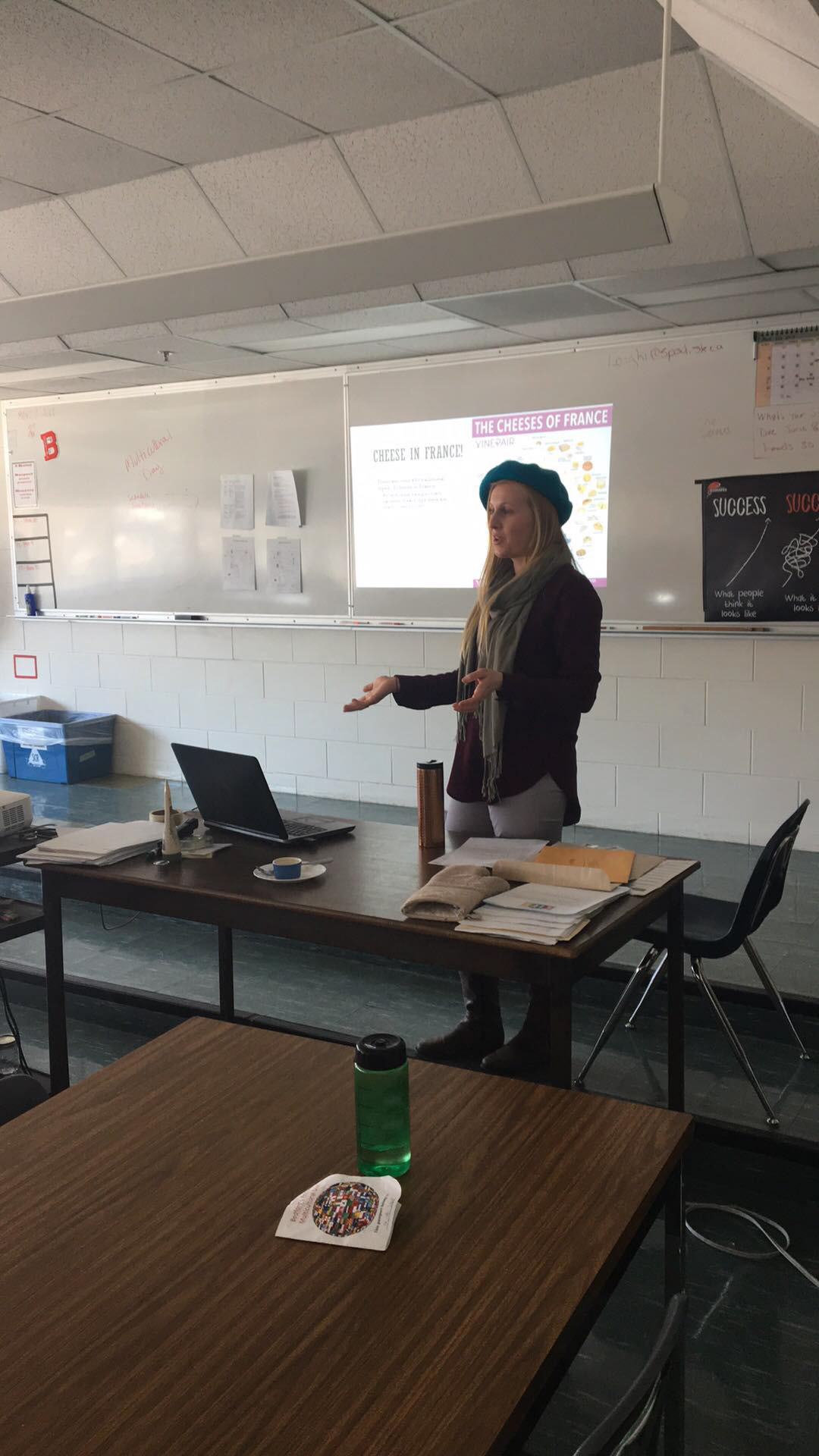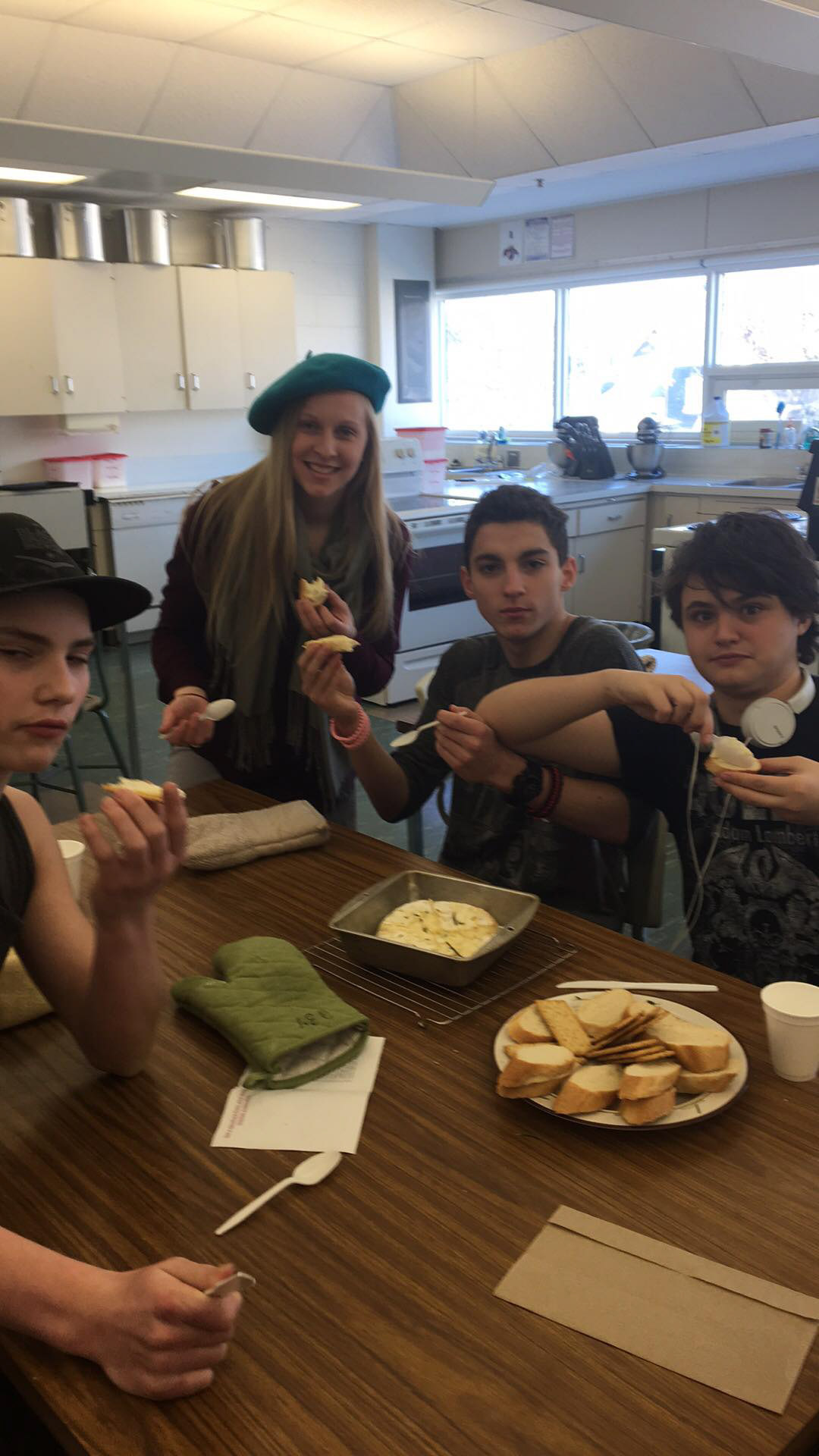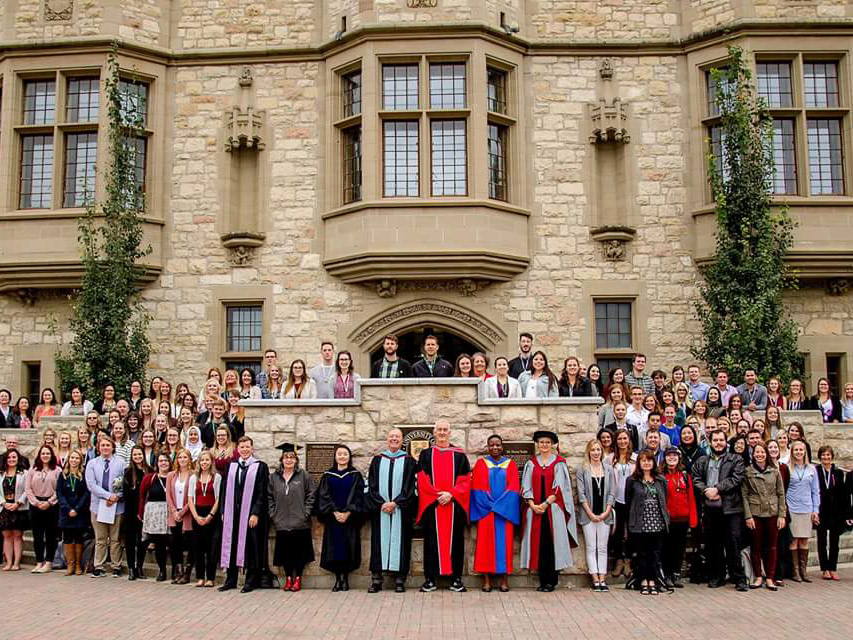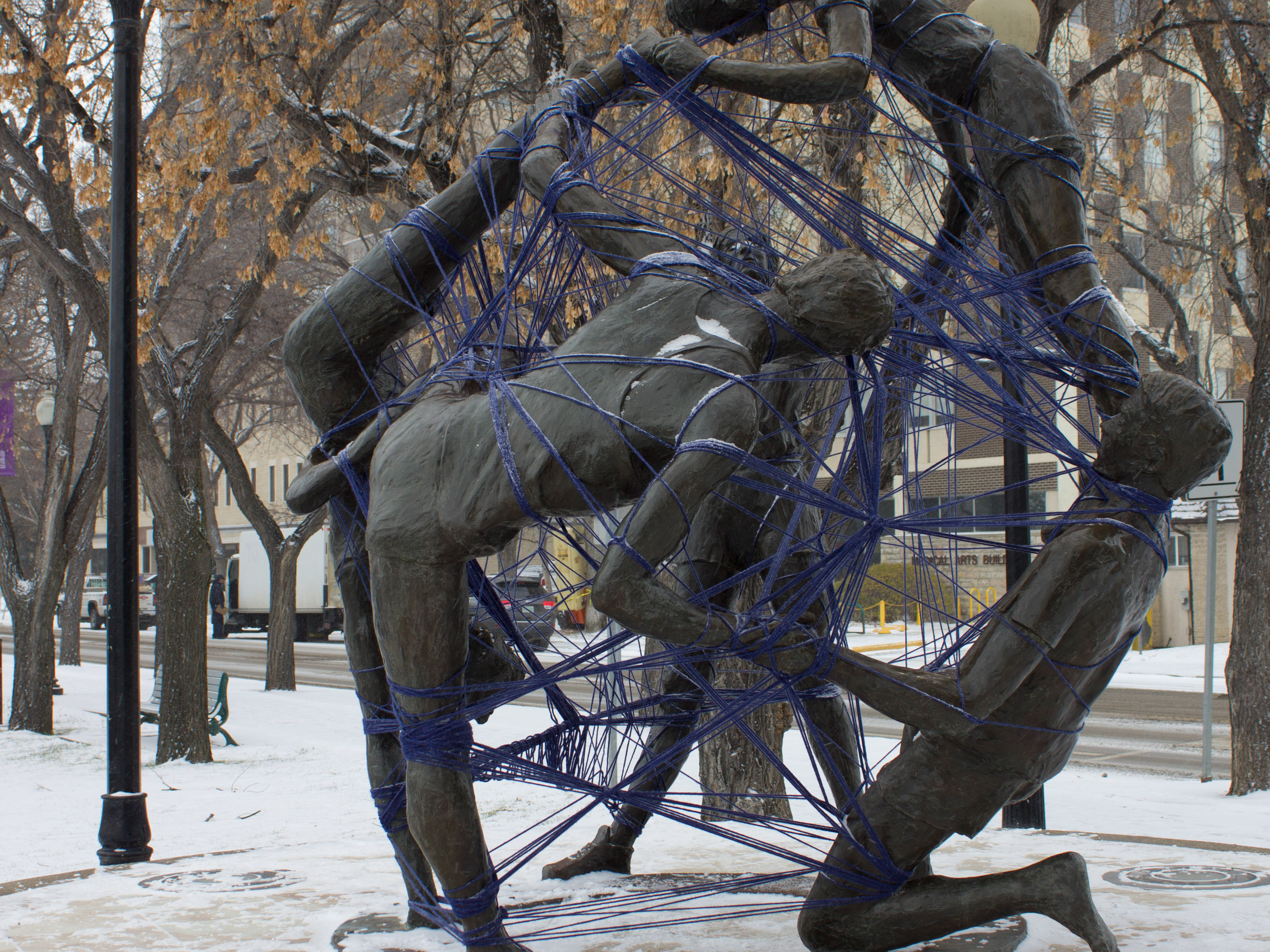All of the writing that is included on this page has been written throughout my journey as an educator. These papers are reflective and written on many different topics.
This paper was written with regard to my literacy teacher identity. It is a reflection of the time i have spent developing my identity in a classroom teaching and learning.
My literacy Teacher Identity
My professional development as a literacy teacher is something that will be ongoing throughout my entire teaching career. The reason why I will continue to be a lifelong learner is because of the students that I will be working with. My knowledge base of teaching literacy right now is not as strong as it will be in five or ten years because my teacher identity will be constantly changing. As a growing teacher I will welcome experience and observations from others is an out of my classroom. My professional development as a literacy teacher will be constantly growing as i learn and progress throughout my career.
The area of literacy that I have the most knowledge and understanding about is visual literacy. Visual literacy is hugely important in the visual arts classroom because in the arts we spend a lot of time looking at, talking about, and working to create visual imagery and 2D or 3D art in the classroom. Unlike other forms of literacy visual literacy brings together many ideas and ways of learning because it isn’t specific to one style of learning. Visual literacy can apply to every form of art as well as incorporate other forms of literacy so that students gain a well-founded understanding of literacy, how it applies to our everyday lives, and why it is important. Visual literacy is defined as “…a staple of 21st century skills, which state that learners must "demonstrate the ability to interpret, recognize, appreciate and understand information presented through visible actions, objects and symbols, natural or man-made.” This definition comes from Edtopia.org which is “an online community that increases knowledge, sharing, and adoption of what works in K-12 education.”
As a professional artist I have a strong background in visual literacy, this has helped me over the years to develop a greater understanding of how I can teach students about it. When teaching visual literacy there are several diverse ways we can effectively demonstrate to students the five W’s (who, what, where, when, why and how). I believe that the most effective way to do this is by critiquing artworks of any kind, professional’s artwork, peer’s artwork, even the classroom teachers artwork. When critically critiquing a piece of art there are many forms of literacy involved the most important being visual literacy. Critiquing gives students the opportunity to discuss how they feel, what they think, and why think something in relation to that piece of artwork in a safe environment, there is no wrong way to critique a piece of art because everyone sees things and feels things differently. We each develop our own relationship with that piece of art and create a storyline, background, and detail about why it was made, how it was made, where it was made, when it was made, and who it was made by. These questions allow us to dive deeper into critical thinking and go from a sentence such as “I like this because its pretty…” to “I like this because the colours in the image make me feel happy and the texture reminds me of sand of a beach”. Students learn to take their initial reaction (using the five W’s) and challenge themselves to think deeper and try to make sense or justify why they think that way, which critically engages them with their peers and that piece of art. This level of comprehension can then go beyond the visual arts classroom and relate to everything in their lives, they will have the skills to think deeper about other visual imagery such as advertising, social media posts, books, clothing designs, logos, and many other visual images in their daily lives. Students will also develop the ability to apply these techniques to more then just visual imagery, it will help them with many things in their lives.
The students in the classes that I have been placed in have not shown strong signs of literacy levels. A lot of them struggle with simple reading and writing skills, spelling words wrong and not thinking before they write things down (organizing thoughts). It is very important for students to have strong literacy levels because when working in classes like computer science spelling is extremely important and if a word is spelled wrong, capitalized when it isn’t supposed to be, or written in the wrong order their code won’t run. Coding programs like Thony do not have spellcheck and therefore students must have the ability to be there own spellcheck and not make mistakes when writing (the words in their code are not very difficult or complicated). AS a teacher in this class I spent a lot of my time checking for spelling mistakes in the student’s code when they had a bug, it was also the first thing I would tell them to look for.
When thinking about my place in a community with other teachers I see myself in a position to collaborate and work to create interdisciplinary lessons and subjects. I strongly believe in the idea of incorporating more than one subject into each lesson, regardless of what subject it might be. There is always a way to collaborate and include multiple subjects into each and every lesson or unit of study. A notable example of this is collaborating computer science and graphic arts together to create digital art. During my placement I learned a lot about computer science, including several types of programming scripts and what programs these scripts can be used on. One of the programs we were using to code on is called Thony. Thony is a program on which you can use a variety of types of code, the one the students were using most recently is called Turtle Graphics. Turtles graphics use L-systems which is a way that students can write code that will draw a picture (which is similar to a zentangle style drawing). They can create the code to draw any shape or size and then scale it to be as big as possible, the growth could be exponential to the point where the computer would crash (depending on how many generations they code). The type of image that they create can then be copied into another program such as Adobe Photoshop or Illustrator where they can then colour, distort, and manipulate the image as the students want.
At this point in my teaching career I feel that I have a long way to go in order to fully develop my literacy teacher identity. In my subject area I feel confident with my basic understanding of literacy especially when it comes to visual literacy. I feel that because of my strong artistic background I will be able to teach literacy effectively and include it in all my lessons and assignments. Having the skill and knowledge to teach an area gives me an advantage when it comes to lesson planning because I don’t have to spend as much time focused on content as I normally would, therefore I can turn my attention to other things like how to incorporate literacy into the subject area and lesson (teaching an interdisciplinary course). As a teacher I hope to spend my entire career dedicated to breaking the stereotypes of art and artists within the school system so that I can inspire my students to see art in a different light. My professional development as literacy teacher will be constantly growing as I learn and progress throughout my career.
References
Finley, Todd. February 19th, 2014. Common Core in Action: 10 Visual Literacy Strategies. https://www.edutopia.org/blog/ccia-10-visual-literacy-strategies-todd-finley
December 7th, 2017
This paper was written as an introduction to my special learning place. This place is somewhere that i feel is my own and where i have done a significant amount of my learning. The paper also talks about my beliefs and values as an educator with regard to the importance of place-based, inquiry-based, and holistic learning. To me this place has become a place of reflection.
The fourth phase of learning
This paper will identify my special place that has meaning for my learning. I will analyze the ways that I’ve learned and can learn more from this place. This will include papers that I’ve read in the course (or my group members have read) and I will critique my place. I will show how it has supported my learning and how I’ve come to view it with greater depth. Do I see myself continuing to learn from this place in the future?
My special learning place is the nature. The environment is where I have always felt at home, it brings me peace, joy, energy, and solitude. It fills my soul and makes me whole when I feel unbalanced or misaligned. I feel such a strong, close connection to nature that it doesn’t feel like I’m ever separated from it, and I feel like it’s apart of me. I don’t have one particular part of the environment that I am drawn to more than another, I value all of the environment the same, especially in reference to my special learning place. Yet, there are two portions of the environment that I find myself constantly being drawn to more than others, these are the forest and the water. The forest is where I find myself feeling centered and calm, I feel that anything in the world could be happening, but I will be okay because I am grounded to the Earth and the land in that place. Being in a forest give me a sense of protection, the surrounding trees and plants shelter me from the elements, from people, from anything going on in the world. When I am around water it gives me a sense of life and it makes all my worries disappear. There is no other description to give water except that it makes me feel complete, the fourth phase of water is the reason why I feel that my special learning place is so strongly connected to it. I have included some excerpts from a paper I wrote last year on water for an exhibition at PAVED Arts. The paper was in relation to a photographic installation that I did about water, specifically focusing on this concept called “The Fourth Phase”. The Fourth phase of water is a concept that I have spent the last two years studying regarding my practice as a professional artist and photographer.
“We are taught that there are three phases of water: solid, liquid, and gas. But, these are not the only phases that water can be shown and expressed in. Water is a never-ending system of movement because of all the transitions that are in-between these three phases. There are so many different phases of water that we are unable to see how many of them are expressed. This means that the transitions between phases can be happening all around us, without us even being aware of what’s going on. But, these unseen phase transitions can be expressed in other ways regardless of if we can see them or not.” (Kirk, 2017)
“Water is the key is to life on Earth and without it we wouldn’t be able to survive. Water surrounds us every day everywhere we go no matter where we are. Without this constant cycle and movement of water we wouldn’t be able to live on this planet and take advantage of this hydrological cycle. We as humans use this cycle in as many ways as we possibly can because we believe that we have the right to use anything we want in any way we want. What we often forget to realize is that we are connected to this cycle in more ways than we know. Water is a part of us, a part that we never want to lose.” (Kirk, 2017)
“Some of us feel the water engrained within ourselves and some of us feel the water rushing past ourselves. We all feel it and we all know that it’s there. The only difference is that some people connect so intensely with water they don’t realize that they’ve become a part of it and can’t be without it. Water is: “This process we follow, this cycle we ride” (Travis Rice, The Fourth Phase, 2016).” (Kirk, 2017)
Without the environment I would not have a place to learn or a place to call my special learning place.
Regarding the articles that I read, and my group members read thus far in this course I have noticed that my special learning place is heavily based on place-based and holistic learning. “Place-based education is a style of teaching that engages students in learning by bridging the gap between a child’s life in and out of school. Place-based learning can engage students in their community and help them learn better about their environment. Rather than teaching students about a specific environment while they sit in a desk place-based learning provides them with the opportunity to get up, get moving, and explore that unique place in person. This makes it easier for students to remember what they are being taught and to gain a better understanding of the material. If we as teachers can tie a memory to a lesson a student is much more likely to remember that lesson, place-based learning allows us to easily do this because the student can then think about the physical location that they were just in” (Smith, 2002). This ties into Gruenewald’s theory of place-based and holistic learning. “Gruenewald concludes that students need to learn how to experience place-based learning differently, by becoming aware of the place and engaging in what these places are telling us, then for us to critically analyze it and respond to it as ‘informed, engaged citizens’.” (Gruenewald, 2003). The points that Barratt makes about place-based learning directly relate to my experiences and continuing connection with the environment (my special learning place). “Contact with nature can contribute to children’s physical and mental health and well-being. Exploratory activities around the school ground and local communities can improve students’ achievement, self-esteem, and social skills/interaction. Activities such as gardening or tree planting contribute to environmental awareness and education. Imaginative storytelling can develop young children’s attachment and access to nature. By engaging students in local conservation efforts, they acquire new knowledge and develop interest and skills” (Barratt, 2011). In the Claderon reading he discusses the relationship between the land and the person. According to him our identities have been constructed within a settler society and therefore we must rethink our ideas about the land. I feel that this fits into my views about my special learning place because I am strongly connected to the land, I believe that I get more from the environment than just any person does. I have a special connection with it because of my ability to draw live and energy from the land. I am very cautious when I am in nature, I take particular care to not disturb, harm, or disrupt any flora or fauna if I can help It, my philosophy is to leave things the way that I found them. I think this is why I connect with the idea of land-based education: “This article takes takes the ideas of place-based education and focuses on land education in an attempt to move away from settler-based ideologies and understanding in the current social studies curriculum. Calderon argues that "one of the major limitaions of critical place-based education [...] is that is does not go far enough to connect how place in the US has been inexorable linked to the genocide of Indigenous peoples and the continued settler colonialism" (27), by failing to recognize the effects colonialism has on "place." In order for place-based education to incorporate apsects of decolonization, elements of land education should be considered. Calderon suggests the following” (Claderon, 2014). I noticed through the readings that I relate to Gruenewald’s theories on place-based education because I feel that his definitions relate to my ideas. “The dissection of place-based education and everything it has to offer “experiential learning, contextual learning, problem-based learning, constructivism, outdoor education, indigenous education, environmental and ecological education, bioregional education, democratic education, multicultural education, community-based education...” to name, specifically, everything place-based learning has to offer and therefore makes it invaluable (pg. 3)” (Gruenewald, 2003). He again talks about how important it is to be in a place other than the classroom “place-based education leads the way toward ecological ‘reinhabitation’ (pg4). The topic of the sociological context of critical pedagogy elaborates on students and educators as ‘transformative intellectuals’ that take note of and fix “injustices, inequalities, and myths of an often-oppressive world (pg4).” The ability to take note of place, real place, with a past, and our relationship to that place, making space as decolonization” (Gruenewald, 2003). In the McInerney article it talks about how important ‘the commons’ are specifically in relation to how it plays a role in place-based education “The concept of 'revitalizing the commons' is suggested as a way to encourage students to play an active role in learning about, and caring for water, air, forests, etc. (the commons) as well as understanding the cultural patterns and traditions within their communities (traditional knowledge). Because these 'commons' are threatened by elements of global capitalism prominent in Western societies, these issues are "inseparable from the broader discourse on social justice. Therefore, seeking to revitalize the 'commons' must also engage students in learning that addresses both the environmental issues and the oppressive social and economic factors that contribute to poverty and exploitation"” (McInerney, 2011). All of these articles capture my beliefs, ideals, feelings, and thoughts about differentiated learning (place-based, holistic, and land-based learning). I believe that these articles help express my feelings about my special learning place and how I learn from it.
My hope in the future is that I can continue to use place-based education, land-based education, and holistic education in my own teaching practice. I want to continue to learn through my own special learning place in the environment, but I also want to be able to teach children in this kind of environment. It is so important to me to keep nature in my life and have it be a part of my learning practice for the rest of my life. The article that really resonated with me as a future educator was the article written by Seneshal. The article is written by a teacher who started an environmentally friendly program at Great Egleston Community School. The school was started by people in the community of Egleston square which is a low-income area. There was a lot of gang activity and violence in this area and the goal of the program was to help the youth in the area and get them off the streets. The science program was designed as a community-based program, it supported community-based teaching and learning. The program helped students connect with the environmental area around the school and record the data. She taught in such a way that built up the entire community and supported the students, this is something that I would love to do in my future. My special learning place has opened up new aspects of my life and made me feel fulfilled in new and exciting ways.
References
Barratt, R., & Hacking, E. (2011). Place-Based Education and Practices: Observations from the Field. Children, Youth and Environments, Vol. 21, No. 1, pp. 1-13. http://www.jstor.org/stable/10.7721/chilyoutenvi.21.1.0001
Claderon, dolores (2014). Speaking back to Manifest Destinies: a land education-based approach to critical curriculum inquiry, Environmental Education Research, 20:1. 24-36
Gruenewald, David. A. (Autumn 2003). “Foundations of Place: A Multidisciplinary Framework for Place-Conscious Education.” American Educational Research Journal. Vol. 40, No. 3, pp. 619-654. Retrieved from http://www.jstor.org/stable/3699447.
Gruenewald, D.A. (2003). The best of both worlds: A critical pedagogy of place. Educational Researcher, 32(4), 3-12.
Kirk, Hillary. (2017). Water.
McInerney, P., Smyth, J., & Down, B. (2011). “Coming to a place near you?” The politics and possibilities of a critical pedagogy of place-based education. Asia Pacific Journal of Teacher Education, 39(1), 3-16
Seneshal, E. (2008) Environmental justice in Egleston Square. In Gruenewald, D. & Smith, G. [Eds.] Place-Based Education in the Global Age: Local Diversity, pp. 85-111. New York: Lawrence Erlbaum Associates
Smith, G. A. (2002). Place-based education. Phi Delta Kappan, 83(8), 584-594. Retrieved from http://cyber.usask.ca/login?url=https://search-proquest-com.cyber.usask.ca/docview/218476286?accountid=14739
February 15th, 2018
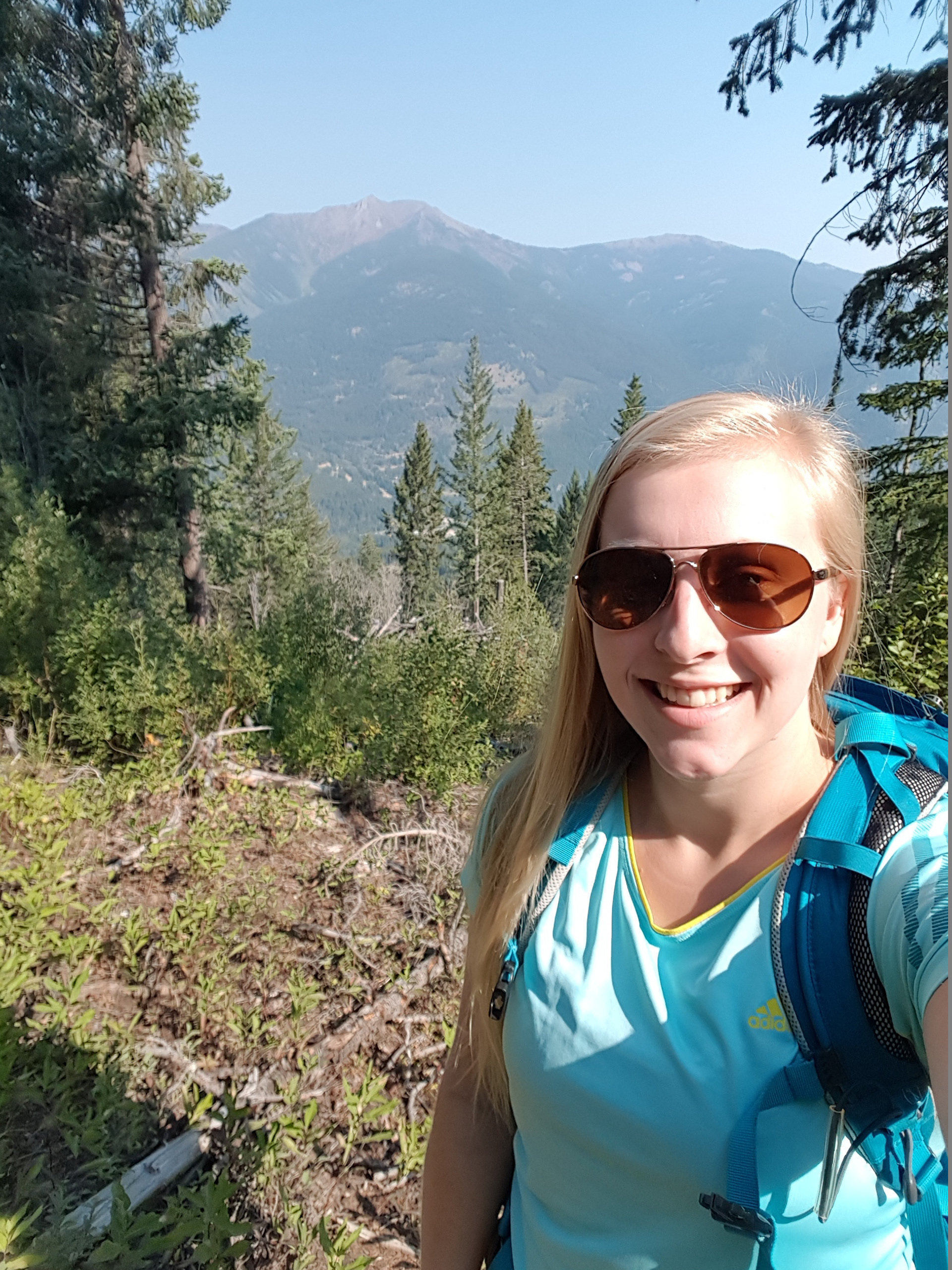
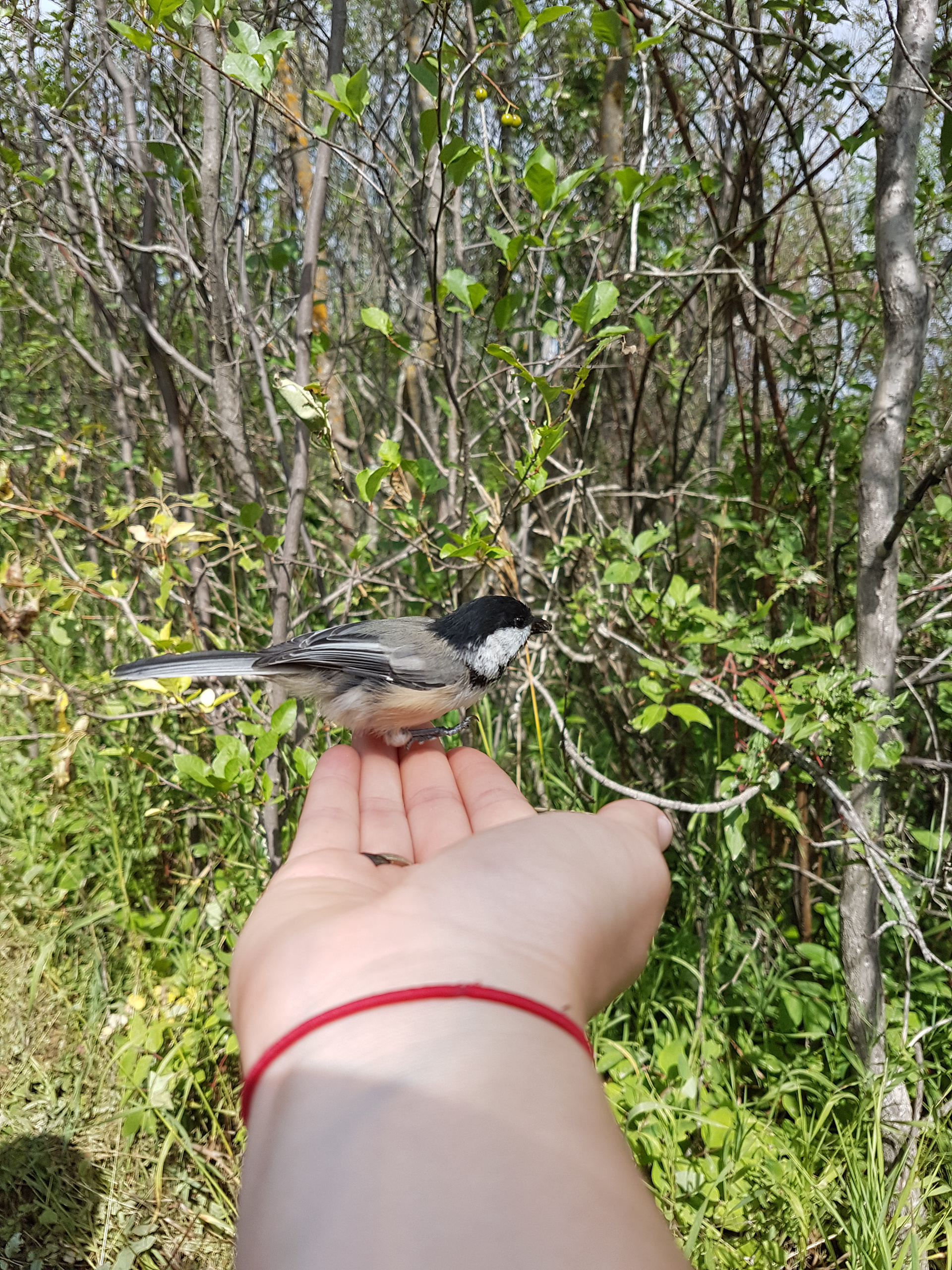
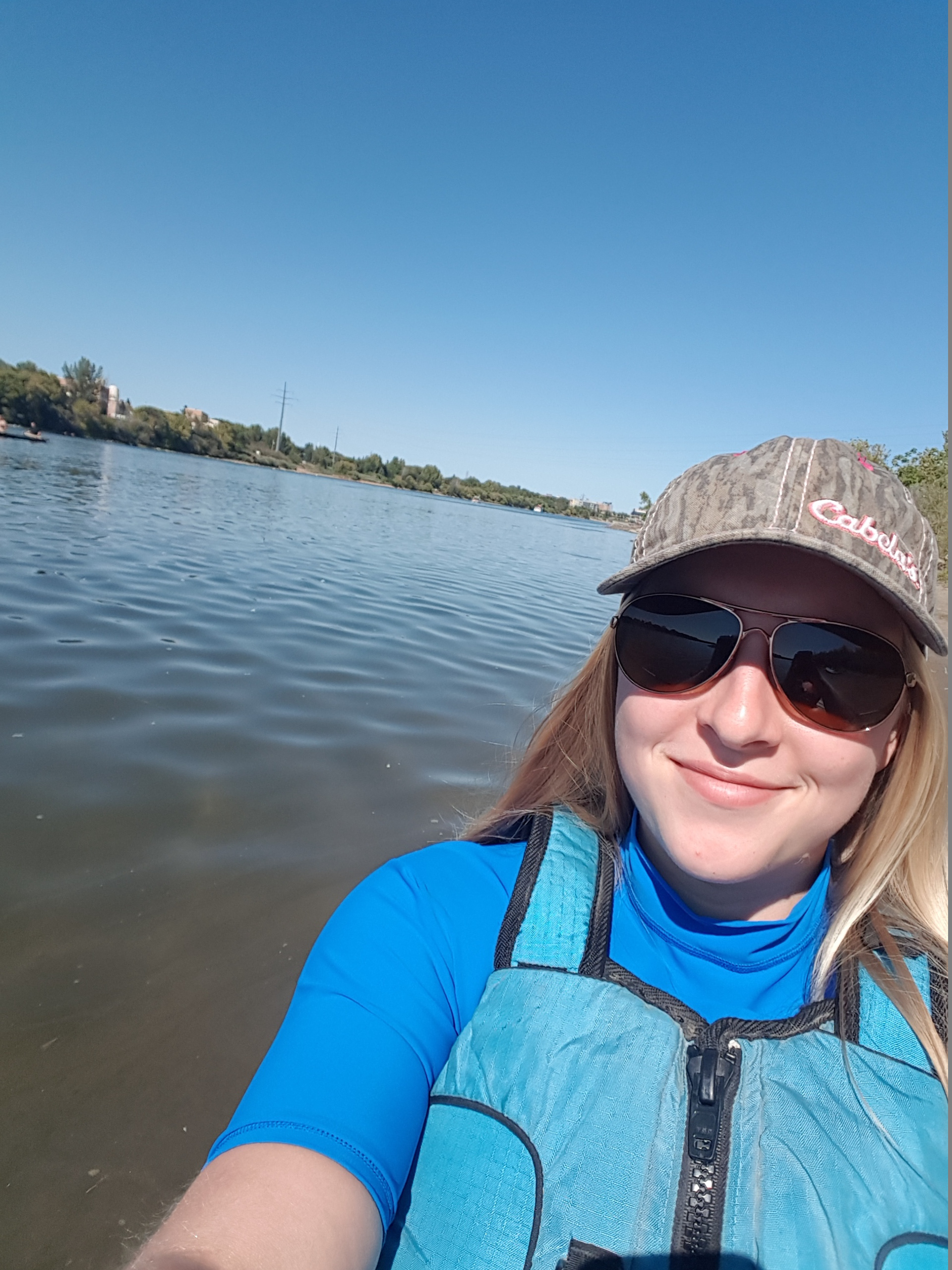
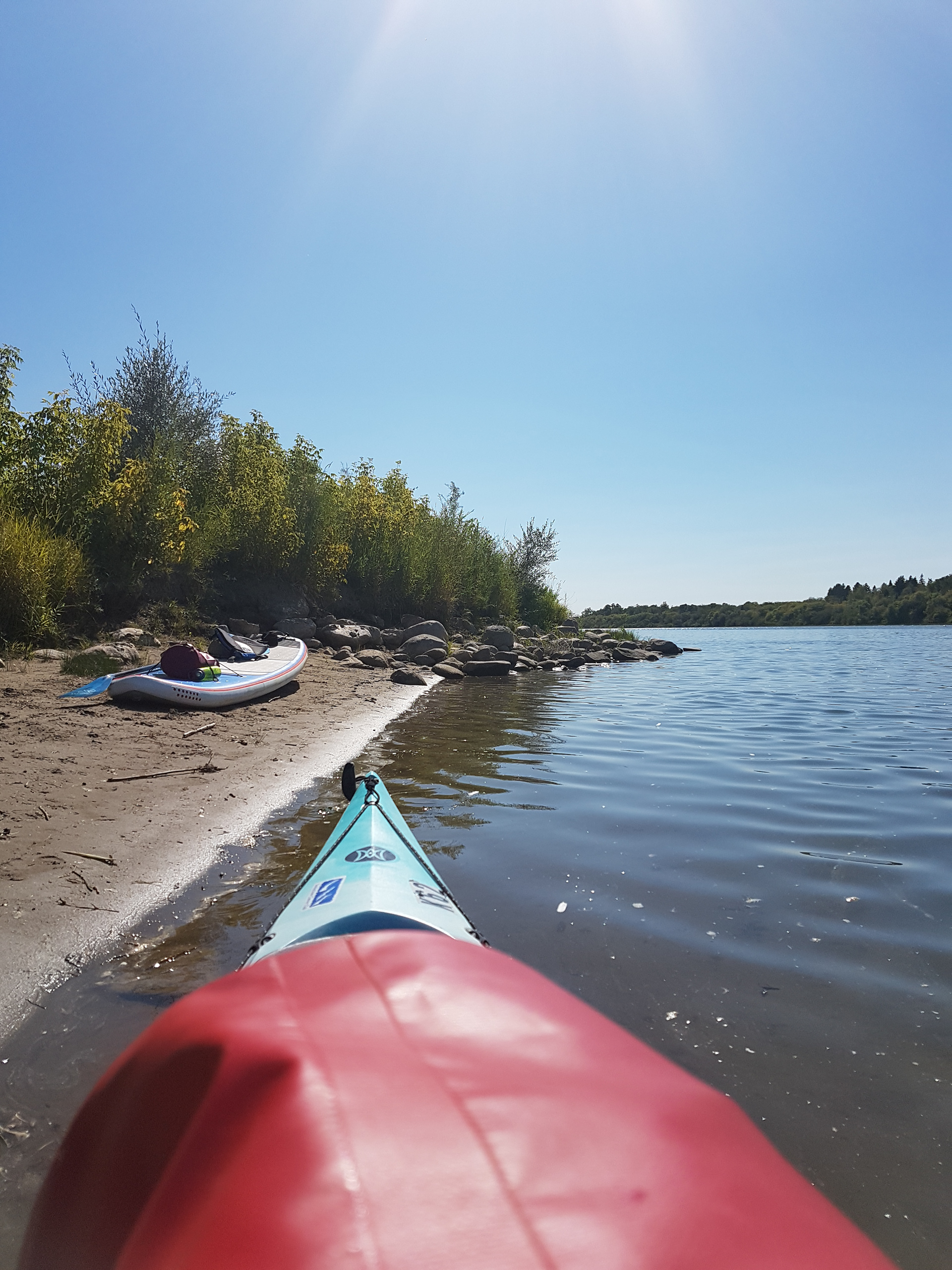
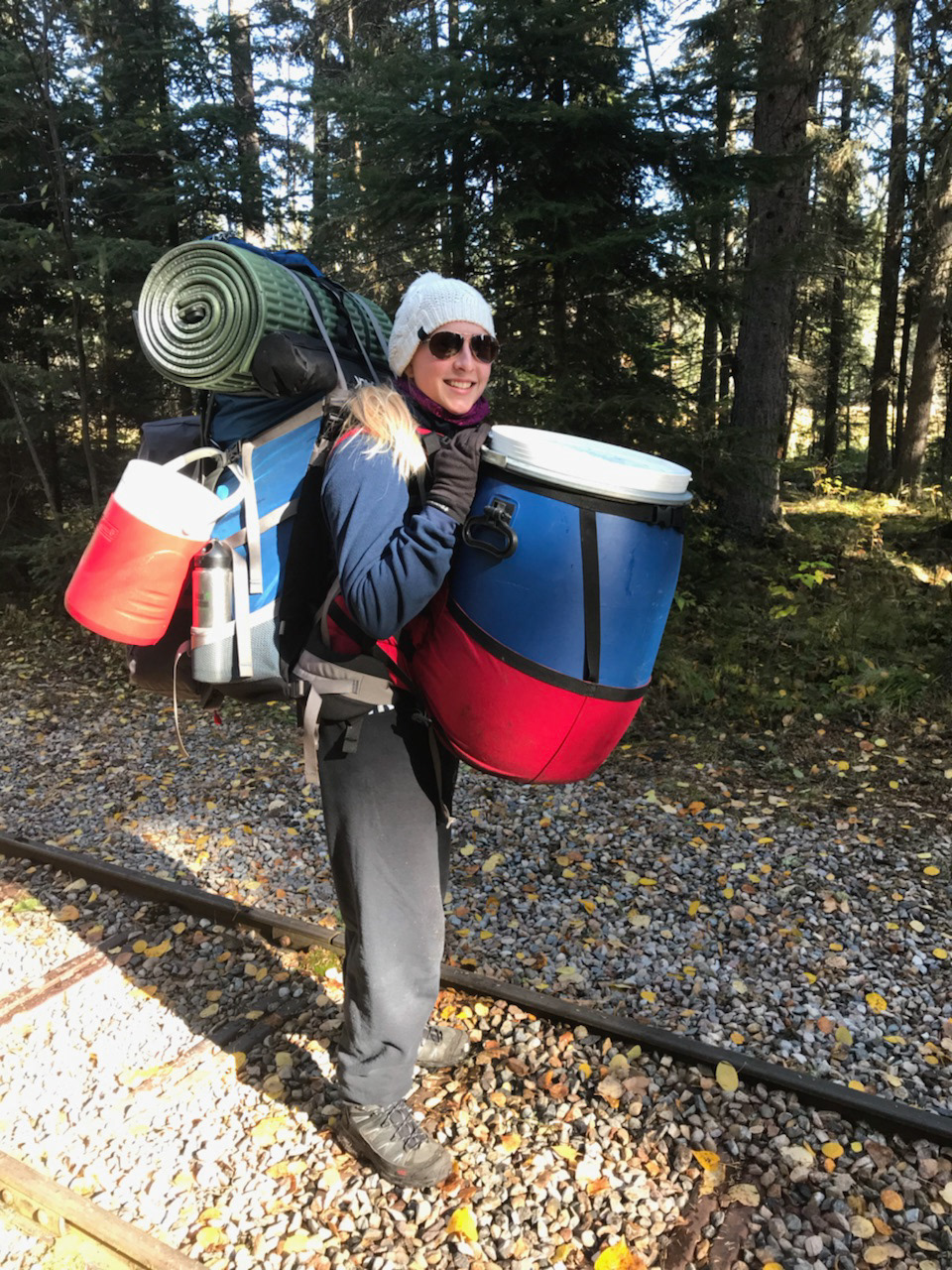
This paper is a reflection of one of my professors who passed away while he was teaching me a class. He was an amazing professor to have and I feel very fortunate that I was able to have him even for a short time. I believe that he helped shape my beliefs and identity as a teacher and for that I am grateful.
Wayne
There are many distinctive styles of teaching that teachers can model. Each teacher has a slightly unique way of teaching to meet students’ needs and feel confident as an educator. Teachers must also be able to change, and model different teaching methods based on the students they are working with and potentially the other teachers they are working with. Wayne Dyck and Mickey Jutras are no exception to this understanding and ability of effectively modeling different teaching practices. How did Wayne show evidence of his teaching practices being informed by models and theories that were taught in EPSE 302?
Wayne was the type of teacher to always use more than one style or method of teaching to get all of his students involved in the lesson. He provided us with many wonderful examples of how to be a great teacher and educator no matter what circumstances life may throw at you. Every class that Wayne taught us he had the full engagement and interest of every student in the room, even if he was just simply sitting and talking with us as a class. He gave us as student’s opportunities to feel like the teachers in the room and he often told us that he gained as much knowledge from us as he felt/hoped he was giving to us. Wayne had a variety of instructional strategies including, Direct instruction, indirect instruction experiential learning, interactive instruction and independent study. He often used direct instruction to tell us stories and share examples of something rather than using the example from the textbook. He would sit at the front of the room and just causally have a conversation with us regardless of if it was a happy or sad story. Earlier in the semester a little boy had died at Dundonald School, this prompted a discussion in class about stricter supervision and more staff on supervision Wayne interjected into the conversation during a quiet moment and told us a story about a little girl who had gone unconscious at his school and he tried to save her life by giving her CPR. The girl did not survive but the power of his story and the details will stay with me when I think about the blame that wrongly falls onto people without the full truth coming to light or when it is more than just one person’s fault. Wayne often used indirect instruction during each class by giving us fun problem-solving questions to work on for five or ten minutes, letting us talk with one another and reflect on the previous week and look at (and talk about) case studies from the textbook or examples he would give us. Wayne made our class personal and relevant to what we were doing during our student teaching, learning in other classes, and simply how we were feeling about ourselves as learners and educators. He always had room in his lesson to hear about us, let us reflect and talk about anything that we needed or wanted to. Experiential learning is another way that Wayne chose to each our class. He took us out on nature walks along the river and talked to us about the history of the river, the university, and the surrounding area. He had planned gym days for us, so we could talk about our personal health while running around in the gym. To show interactive instruction during our classes Wayne gave us a couple of different things to do. There were times when he would break us into groups and get us to work together to create something, work on our journals, or talk about our placements. During one class Wayne put us into groups and gave us the task of creating some type of “performance” using specific words that were written on the board. Every group created something completely different from singing, dancing, poetry, to drawing on the board. Another way that Wayne used interactive teaching methods in our classroom was by giving us a workshop style project. We were tasked to put together a presentation/paper that we would teach to our peers in a smaller group setting, he gave us the opportunity to choose our topic and the way to deliver the presentation (Ex. Going for a walk outside). Everyone in the class found the workshop a productive, interesting, and a fun way to teach to our peers without the pressure of a large group setting. I felt more focused and interested in the topics of my peers because he formed the groups based on similarities between our presentation choices. Independent study is the final area that Wayne occasionally used to teach our class. Our journal project was the main way he used this teaching method. Most classes he gave us time to pause and reflect after the class to do some of our writing. He would reference the journal a lot and talk about the significant importance of reflection on our teaching career.
Wayne was the type of person who cared so much about everyone else around him to the point that even when he was feeling sick he continued to talk with us and ask us about he was doing rather than talking about himself, cancelling class, or cancelling the fun and exciting things he had planned for us. He exemplified a teacher through and through in the ways that he taught, spoke, listened, and interacted with us as students. He proved to us that we can’t learn everything from a textbook and that there is no better method to teaching then to talking with your students in a conversational way. “You aren’t simply their teacher you are their friend, mentor, support system, coach, and everything else that they need you to be” (Wayne Dyck). He modeled to us what a great teacher is by teaching along side us as we grew into educators and always provided us with a positive example of how we should be in the classroom with our own students.
December 7th, 2017
This reflective writing document comes from my opinions and observations of differentiated teaching. These experiences were specifically taken from my student teaching placement.
Differentiated Teaching
In every area of a school differentiated teaching in needed so that students can succeed. Throughout the weeks that I have been student teaching I’ve been able to speak with many different staff members about the topic of differentiated teaching and I have learned about specific instances where it has been used effectively by those staff members. Each classroom that I have been in is run differently because of the varying teaching styles that I have seen.
I have most notably seen the differences between differentiated teaching in computer vs. non-computer based classrooms. It is interesting to go from completely computer based classrooms (which is where I have been placed and spend my entire day) to a classroom with no computers or really any technology. The teachers in both settings find ways to incorporate differentiated teaching within their instructional strategies despite the classrooms being so vastly different and the ability to differentiate more difficult in each classroom setting. Both classrooms have strong drawbacks that do make it harder to effectively teach to each student’s level or ability (differentiated teaching), by having technology completely removed a teacher doesn’t have the option to give a student a computer (or another device) without sending them to another room like a computer lab which then removes them from the rest of the class. When a classroom is completely technology based and full of computers it is very hard to keep students on track and focused throughout the lesson because they can go onto the internet and get access to Facebook, YouTube, and a lot of other websites that can distract them from their class. Another difficulty that I have seen in the computer based classrooms the different level of ability that students have when working with a specific program or learning a new program. Some students can easy work their way through a lesson and speed right ahead of the teacher because they find the program very simple but other students are quite slow and take a lot longer to learn how to use it or figure out what to do. This is a big problem in most computer based classrooms because the students that are done go onto those websites and start googling things that eventually distract other students who have yet to finish their work and suddenly everyone is off task. I’ve noticed it almost every day I’ve been at my placement school and one of the best ways that I’ve seen a teacher combat this problem is by giving the students a video game style problem solving program to work on. He uses it in every one of his classes although it doesn’t necessarily relate to the content for each class specifically, but all the students work on it when they have finished their assignments or are just ahead in the lesson/demo during a class. The program is designed well, fun to look at, quite challenging and heavily engages the player so that they don’t become a distraction to others while they are still working. When the students have a difficult time learning a specific part of a program the classroom teacher used a couple of different methods of differentiated teaching, he will let the students who need to work on paper work on paper, he will show a video with a demonstration of the program, he will create a demo workflow and put it on canvas (canvas is a program similar to the U of S BBlearn course tools page, but it free for students and teachers to use) for all of the students to access and he will work through a demo in class at a pace where all of the students can watch him do it step by step so they do not fall behind. In the classrooms that are not computer based at all I have seen teachers use a few different methods of differentiated teaching. Some teachers will get students to bring out their cell phones and use them as tools in the classroom for research, images, videos, and other computer types uses. There are classroom teachers that I’ve seen use visual imagery such as videos and photos, so the entire class can view something together. In the art classroom I have seen the teacher on several occasions let the students pick the specific material they want to work with when doing a demo or assignment, for example being able to choose between graphite pencils, charcoal, pastels, pens, or marker rather than telling the students they must use one specific material. But, when the teacher is walking the students through a workflow style demo she will often get them to work with a specific material, so she can teach them about it and they can learn to properly use it. I have noticed that the art teacher has a very good balance between letting the students work with materials that they are comfortable with and learn to work with materials they often don’t know as well or haven’t used at all. I believe it is very important in the art classroom to bring in differentiated teaching because students at a high school age are often concerned about not being the “best” when it comes to representational art. There have been times that when a student has completed their work or has worked ahead during a demo that classroom teacher has allowed them to use their cellphone to research things for their next assignment or to find an interesting video to watch related to the subject. I have seen the teacher give the students an extra project to work on which they call “extra for experts” so that once a student finishes they always have a more challenging assignment to work on next if they have the time too.
In many of the classes that I have been involved in I have noticed that students are worried about taking them because they feel that they need to be the “best” at it. I think that there is a lot of pressure in extracurricular “fun” classes because students believe they must have a talent or certain level of skill to take them, therefore students become concerned with everything they create artistically and seek constant attention and reinforcement. Students are often scared to take art because they believe that they can’t create art if it doesn’t represent something specific and look exactly like it. The reality is that everyone can create art but as an art teacher we need to pull students away from the idea that art must be representational. Differentiated teaching allow us as teachers to show students their abilities in whatever classes they choose to take. It is an extremely important part of being a teacher and I hope that I am able to do it effectively so that all of my students can feel confident and succeed in my classes.
November 9th, 2017
